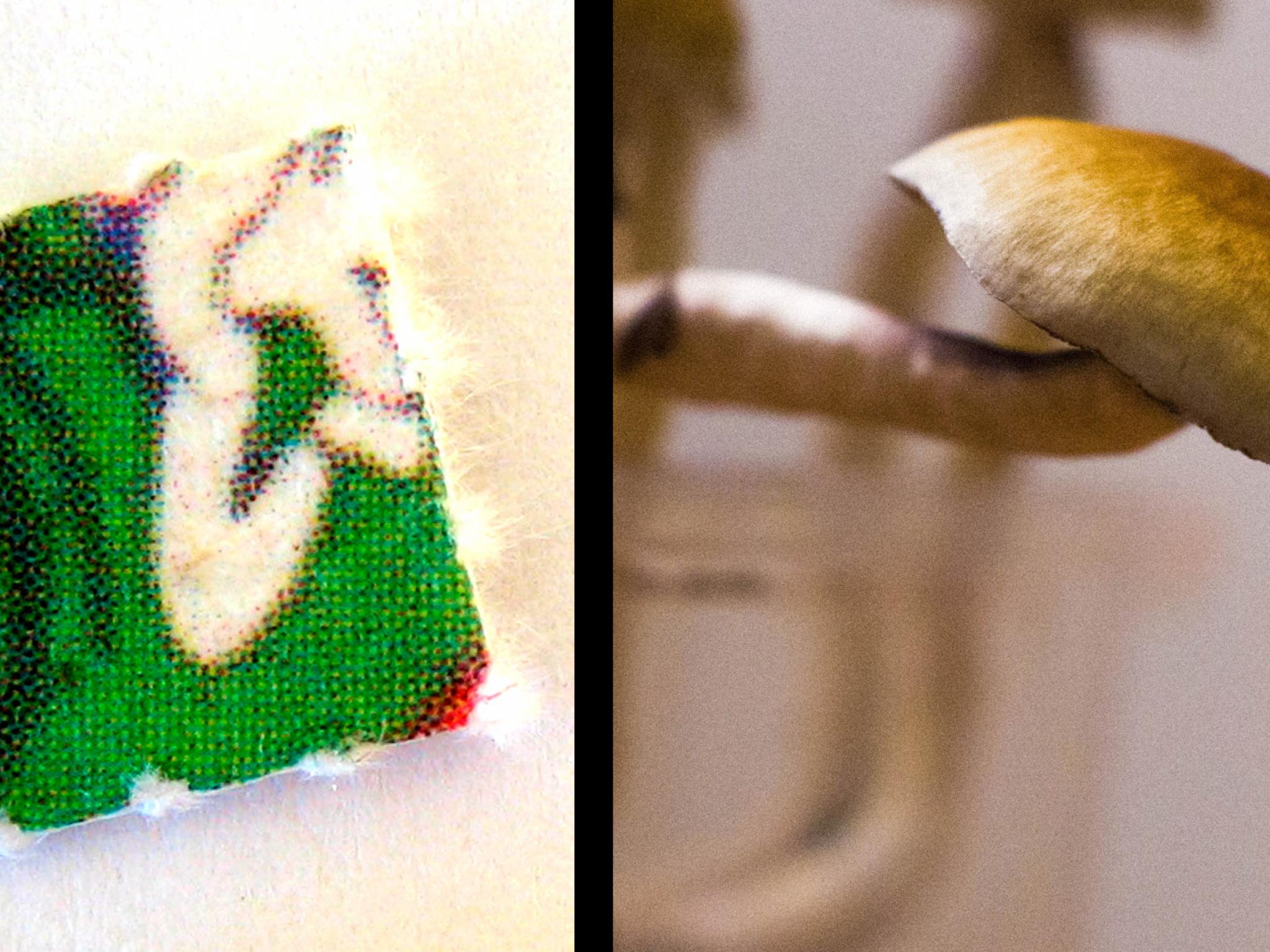
A new peer-reviewed study compared the effects of LSD and psilocybin, two substances currently standing as top molecules behind the recent psychedelic medicine boom.
While both compounds have a rich history of human use, not much research has been dedicated to contrasting the effects they produce in human psychology.
The study found the effects produced by the two substances are more similar than different. The findings could have vast implications in drug development pipelines for both substances, and if further confirmed, could potentially have a disruptive potential in the future of the psychedelics industry.
What Did The Study Find?
Psilocybin (the active compound in “magic mushrooms”) when isolated chemically produces a very similar effect to LSD, with duration being one of the main and only differentiators, says the study, published in the Neuropsychopharmacology journal.
“Any differences between LSD and psilocybin are dose-dependent rather than substance-dependent,” noted the study.
The trial was conducted by the Lietchi Lab in University Hospital Basel, in association with MindMed (NASDAQ:MNMD), a unicorn biotech company in the psychedelics space that will own executive rights to the study data.
The study looked at twenty-eight healthy participants who underwent five 25-hour sessions and received a placebo, LSD (100 and 200 µg) and psilocybin (15 and 30 mg).
Results suggest that the dose equivalence of LSD to psilocybin is approximately 1:200.
“Strikingly, there were no qualitative differences in altered states of consciousness across substances, except that the duration of action was shorter for psilocybin,” said Professor Matthias Liechti M.D., University Hospital Basel, principal investigator of the study.
Why It Matters
The psychedelics industry is expected to flourish in the coming years with the approval of consciousness-altering and hallucinogenic substances for mental health use by the FDA.
LSD and psilocybin, being part of the “classic psychedelics” group, stand among the first in line to receive approval for use in psychiatry and other indications.
While similar in chemical structure, the two molecules present a very different history of discovery and human use and have been presented historically as separate compounds.
If their effects are confirmed to not have major qualitative differences, the two could be used interchangeably in mental health treatments, which could affect the business plans of companies who are focused on drug development of either substance.
Further confirmation of their similarities could disrupt supply chains and treatment plans in the psychedelics space, by allowing companies focused on LSD to fast-track research based on previously conducted psilocybin research.
MindMed plans to leverage the findings on its own drug development program, which currently includes several trials on LSD, says Miri Halperin Wernli, Ph.D., executive president of the company.
“This study brings us one step closer to maximizing the therapeutic potential of these molecules, by providing valuable dose finding context and enabling more direct comparisons when interpreting clinical results,” Halperin said.
“These learnings will help guide our rapidly advancing clinical development program, and we look forward to providing updates as we work to bring the benefits of psychedelic-inspired medicines to patients struggling with brain-based disorders,” she concluded.
Image by Wikimedia Commons and Benzinga.








